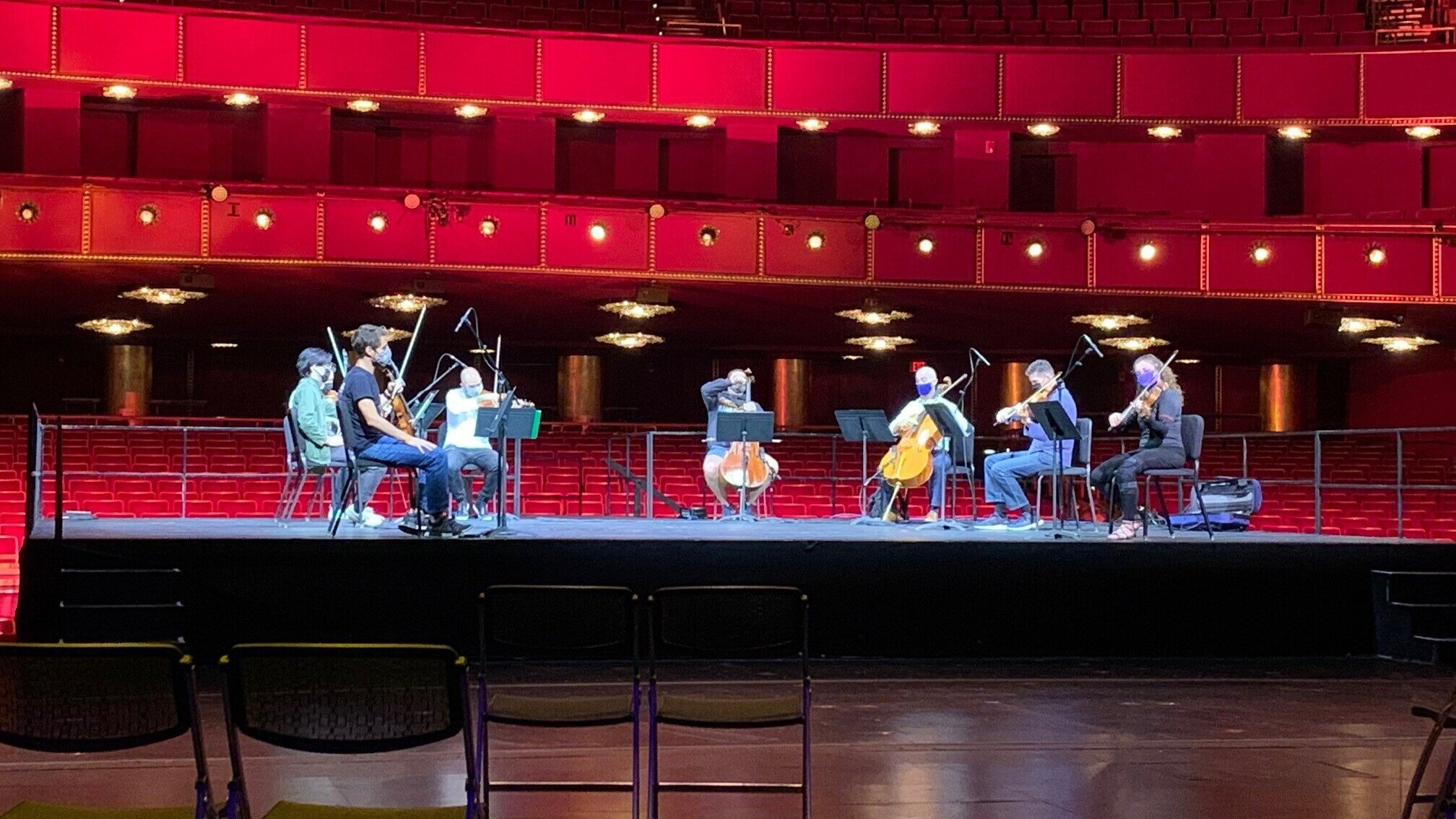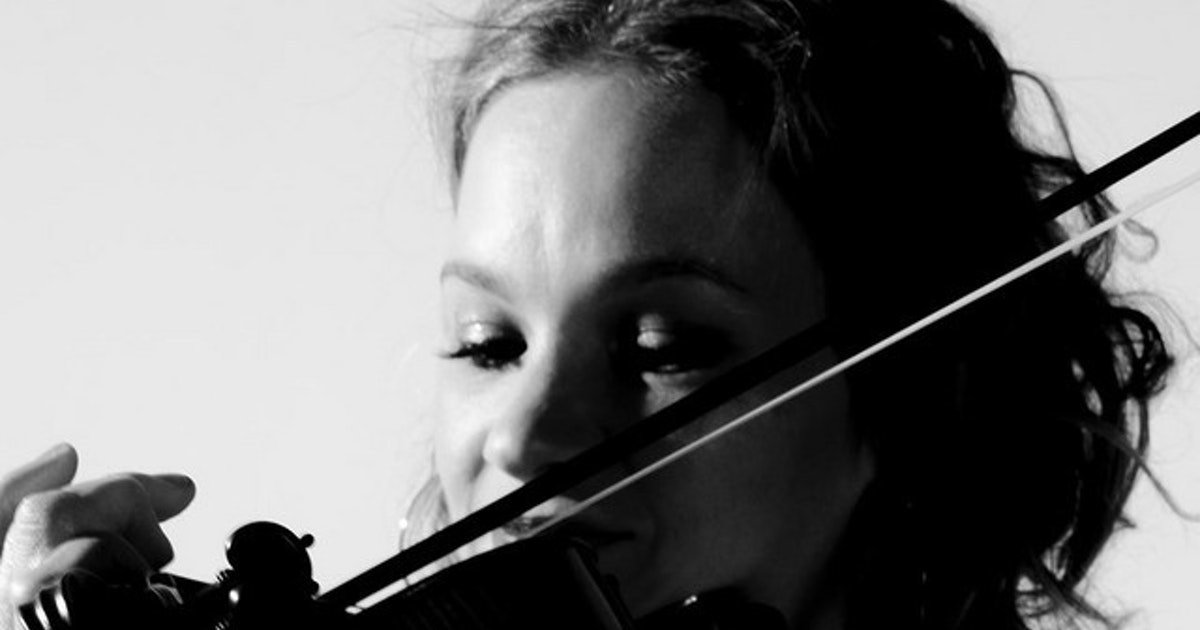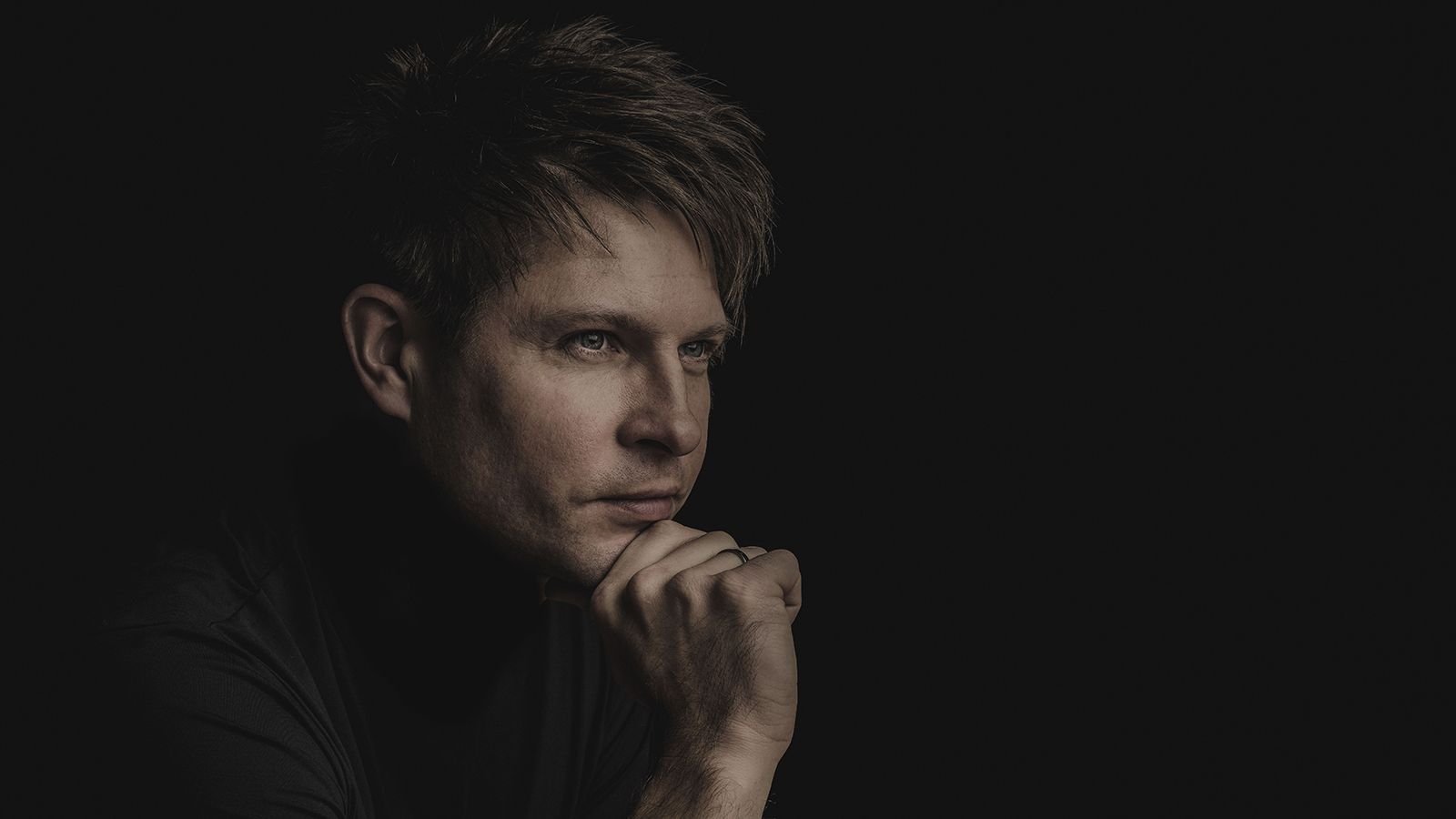Is He Almost There?

Kian Soltani & Julio Elizalde deliver mixed results
at the Terrace Theater
Kian Soltani, the gifted young Persian cellist, made a big splash here last season in Strauss’s Don Quixote with the West-Eastern Divan Orchestra under Daniel Barenboim; so Washington Performing Arts brought him back for a solo recital last night at the Terrace Theater. Soltani has a relaxed, fluent technique, and an impetuous, often joyful performing style. With Barenboim as a big supporter, he has vaulted into the upper tiers of the business, garnered a recording contract with Deutsche Grammophon, acquired the use of a Stradivari cello, and traveled the world’s stages several times over while still in his mid-20s. I admire much about this talented artist, but am unsure if there’s enough there for a long-term, major career.
Soltani is not a promising up-and-comer, no longer “emerging” – what we hear now is what we’re going to get from now on. And what we hear is pinpoint intonation, many different colors in the sound, a hydrofoil glide through difficult technical passages, and well-thought-out (if not especially original) interpretations. We also hear far too many “sausages” (notes which swell in the middle, but don’t connect into a phrase), a stop/start vibrato which is beautiful when there and puzzling when not, and a general indifference to shaping long musical lines. Almost never was there a crescendo during a down-bow, and almost never did the vibrato speed up when getting softer; these are just two of the many tools great string players use to create phrases that linger in one’s memory. In terms of pure musicality, Soltani was outshone by pianist Julio Elizalde, a widely-respected collaborative player, but not someone who travels the world as a concert headliner.
Elizalde’s solo passages in the first movement of the Franck Sonata were miniature symphonies of architecture, the rhetoric clear and inevitable. His nice, dry pedaling in the Beethoven Op. 69 Sonata also illuminated the rhythmic profile of accompaniment patterns better than on most recordings one hears, and his trills were sparkling clean. Sadly, he also labored under a handicap that is too widespread these days, that of trying to keep the cello audible while playing with the piano lid fully raised, as for a concerto or solo recital. Until not that long ago, professional musicians were able to grasp the principles of simple physics, and titans like Rostropovich, Oistrakh, and Perlman performed with the “small stick” enabling the pianist to play naturally while not drowning out the guy in front. Whomever is responsible for the modern practice has made most string recitals exercises in frustration. I have to think Elizalde’sleft foot was pretty tired by the end of the evening, so often did he have to hold the soft pedal down. And for all his obvious efforts, he still couldn’t make Soltani audible in the Tarantella and Finale of Stravinsky’s Suite Italienne.
So a mix of intriguing talent and mild disappointment. In the latter category was the fact that Soltani didn’t memorize a single work for his only recital program of the season (from what I saw on his website). He has come far quite fast, and may yet turn into an artist of real stature. But, as they say, the jury’s still out.





